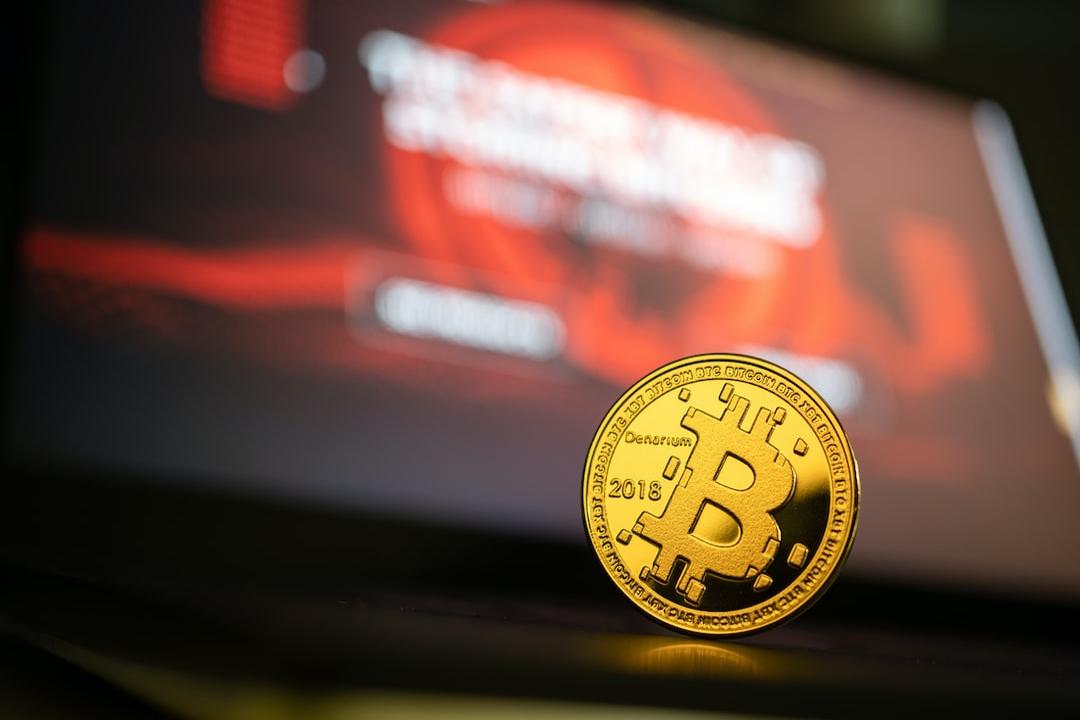As the new bull season kicks off, the Solana blockchain has emerged as a central hub for new memecoins. Within days of launching, several of these memecoins have achieved market capitalizations in the billions of dollars, capturing the attention of the crypto community.
One particular memecoin that has garnered significant interest is Slerf. Despite the creator’s accidental burning of over $10 million in Solana tokens before the launch, the memecoin still managed to reach a market cap of $500 million within just a few hours.
To launch the memecoin, the developer successfully raised 535,000 SOL tokens. However, while attempting to clear their wallet, they mistakenly burnt $10.4 million worth of Solana tokens.
This memecoin frenzy has drawn comparisons to the bubble of the Ethereum initial coin offering (ICO) era in 2017. During that time, numerous crypto projects raised millions of dollars, but many ultimately failed to deliver on their promises.
Memecoins are cryptocurrencies that originate from internet memes or possess other humorous characteristics. However, they lack any practical use case beyond being a pop culture reference. These cryptocurrencies are highly speculative and enjoy support from dedicated online communities.
Dogecoin (DOGE) is considered the original memecoin and gained support from Elon Musk during the 2021 bull market. In 2024, several memecoins, some of which are only a week old, have achieved market capitalizations in the billions, creating new crypto millionaires at an astonishing rate.
The recent comparison to the ICO presale era of 2017 arises from influencers successfully raising millions of dollars in presales to launch new memecoins. Users on internet platform X have compared the current memecoin offerings to the Ethereum ICO bubble, highlighting the tendency of crypto projects to promise delivery but ultimately disappear after raising funds. A report from 2018 revealed that over 90% of ICO projects failed.
Additionally, there have been instances where influencers have either absconded with the presale funds or immediately dumped them on the market after the launch.
One user on X remarked that the memecoin mania represents a more transparent version of the 2017 ICO craze and the 2021 nonfungible token/crypto-art bubble, as projects no longer have to pretend to deliver on a fictional white paper, and investors no longer have to pretend to be interested in the art.
The stories of a few traders making millions of dollars within a couple of days often attract others to try their luck. However, more often than not, these individuals end up losing a significant portion of their investment.
Crypto proponents argue that the memecoin bubble will eventually lead to the financial downfall of many new users who blindly invest in technology that lacks utility.
Magazine: Inside Pink Drainer — Security analyst defends his crypto scam franchise.

